People who love acne can adjust their diet, topical drugs, oral drugs and other ways. Common drugs include retinoic acid cream, adapalene gel, benzoyl peroxide gel, doxycycline hydrochloride tablets, isotretinoic acid soft capsules, etc. Acne is usually caused by excessive sebum secretion, abnormal keratinization of hair follicles, Propionibacterium acnes infection, hormonal fluctuations, genetic factors, etc. It is recommended to choose a treatment plan based on the severity of acne under the guidance of a doctor.
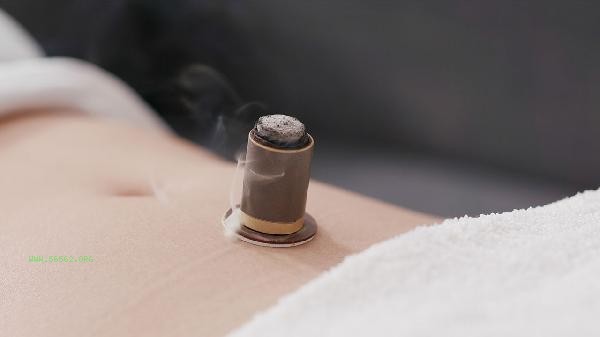
1. Dietary adjustments
Reduce the intake of high sugar and high-fat foods, such as cakes, fried foods, etc., which may stimulate sebaceous gland secretion. Appropriately increasing carrots and spinach rich in vitamin A, as well as oysters and nuts rich in zinc, can help regulate sebum metabolism. Drink no less than 1500 milliliters of water per day to help promote the elimination of metabolic waste. Dairy products may exacerbate inflammatory reactions, and milk and cheese intake should be controlled during acne outbreaks.
2. Topical medication
Vitamin A Yogurt Cream can improve excessive keratinization of hair follicles. When using, avoid light and establish skin tolerance. Adapalene gel, as the third generation of retinoic acid drugs, has less irritation and anti-inflammatory effect. Peroxybenzoyl gel can effectively kill Propionibacterium acnes. After use, skin dryness and scaling may occur. It is recommended to start from a low concentration. These topical medicines need to be used consistently for 4-8 weeks to show their effects, and sun protection should be strengthened during use.
3. Oral antibiotics
Doxycycline hydrochloride tablets are suitable for moderate to severe inflammatory acne, reducing redness, swelling, and acne by inhibiting bacterial growth. Minocycline capsules have a wider antibacterial spectrum, but may cause adverse reactions such as dizziness. The course of oral antibiotics is usually 6-12 weeks, during which gastrointestinal discomfort may occur. It is recommended to take them after meals. Long term use should be cautious of bacterial resistance, and it is not recommended to use antibiotics alone to treat acne.

4. Regulating Keratin Metabolism
isotretinoin soft capsules are first-line medications for severe acne, which can significantly inhibit sebum secretion and keratinization process. Strict contraception is required during medication, which may cause side effects such as dry lips and abnormal liver function. Regular monitoring of blood lipids and liver function is necessary. This medication poses a risk of teratogenicity. Women of childbearing age should confirm that they are not pregnant before treatment, and reliable contraceptive measures should be taken during the treatment period and within 3 months after discontinuation.
5. Hormonal regulation
Ethynylestradiol and Cypropesterone Tablets are suitable for acne caused by high levels of androgens in women, and can inhibit ovarian androgen secretion. Spironolactone tablets reduce sebum production through anti androgen effects, which may lead to side effects such as menstrual disorders. Hormonal drugs need to be taken continuously for 3-6 months to take effect. Contraindications such as hormone dependent tumors should be ruled out before medication. It is not recommended to purchase and use them on your own. Acne patients should use mild amino acid cleansing products in their daily lives to avoid excessive cleansing that can damage the skin barrier. Low concentration fruit acid or salicylic acid treatments can be performed 1-2 times a week to help unclog pores. Ensuring sufficient sleep helps regulate hormones, and it is recommended to go to bed before 11 pm every night. Clean up promptly after sweating during exercise to avoid inflammation caused by sweat stimulation. During treatment, avoid squeezing pimples with your hands to prevent leaving acne scars or marks. If acne continues to worsen or is accompanied by cystic nodules, it is necessary to seek professional treatment such as red and blue light, photodynamic therapy, etc. from a dermatologist in a timely manner.


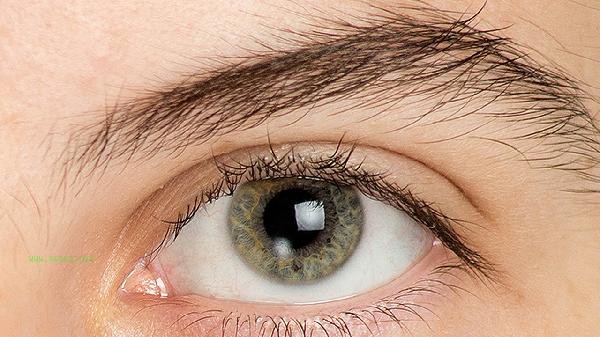
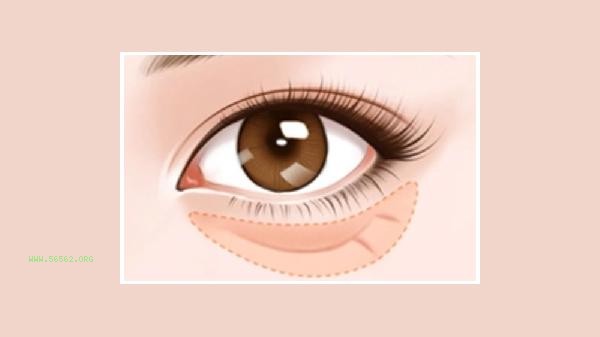
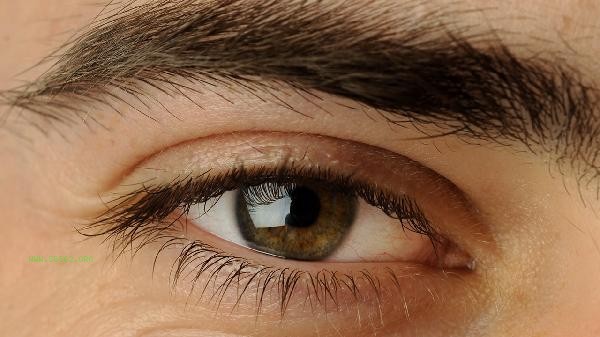
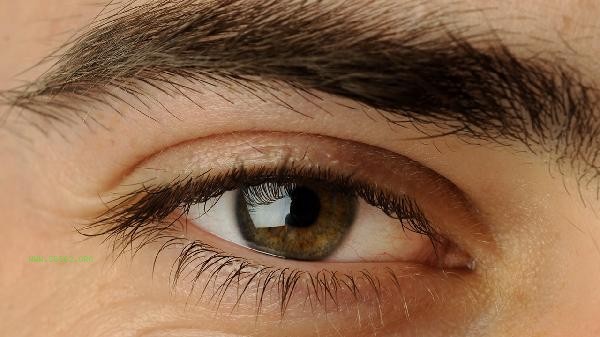



Comments (0)
Leave a Comment
No comments yet
Be the first to share your thoughts!